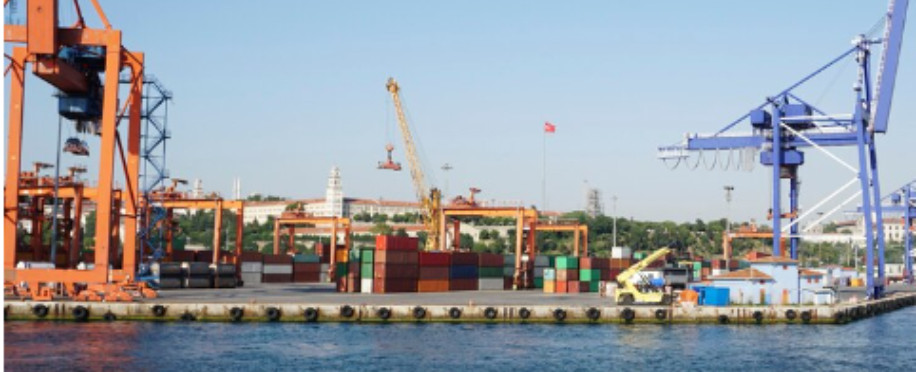Copyright © 2025 lmitac.com All Rights Reserved. Contact - Terms and Conditions - Privacy Policy - Quality Policy - Become an instructor - Vacancies - Sitemap
London Maritime Academy is a trade name for London Premier Groupversion: 2.9.0
London Maritime Academy is a trade name for London Premier Group

Posted on : 3/2/2024, 11:12:25 PM
Transportation in the maritime industry is an international action in most cases. Thus, the need for effective port state control (PSC) based on international regulation becomes more than necessary.
Port state control guarantees practical functionality and safety of the crew, vessels, ports, and marine environment.
This article will share complete information about port state control, leading PSC practices, types, and benefits that make PSC actions essential in all international ports.
According to the International Maritime Organisation (IMO), port state control is defined as “The inspection of foreign ships in national ports to verify that the condition of the ship and its equipment comply with the requirements of international regulations and that the ship is manned and operated in compliance with these rules.”
In other words, the port state control ensures that all vessels in the sea work in the best conditions without badly impacting their surroundings.
The port state control (PSC) is used by national authorities to ensure that foreign ships visiting their ports comply with international regulations and standards for safety, security, and environmental protection.
Thus, the leading practices according to port state control training course include:
Inspections: These inspections, done by PSC officers, cover various aspects such as safety equipment, navigation, pollution prevention, crew working conditions, and more.
Document Verification: PSC officers review the ship's documentation to ensure it has the required certificates, records, and documentation under international conventions.
Detentions and Rectifications: If PSC officers notice any deficiency or violation during the inspection, the port state can take the required actions based on international regulations.
There are various types or levels of port state control inspections that the inspection officers follow during their work; moreover, choosing the level of inspection goes back to the initial inspection outcome:

The first inspection step is done when a ship docks in a port. This inspection level focuses on critical safety and compliance to ensure the vessel meets international standards before allowing it to operate further.
When deficiencies are detected during initial inspections, a more detailed port state control inspection covers a broader range of safety, security, environmental requirements, and other essential aspects.
On the other hand, a detailed inspection could be requested based on a ship's history of non-compliance with national or international regulations.
If the vessel situation is suspicious and the PSC offices see signs of serious deficiencies or repeated non-compliance, they can request an expanded inspection.
Moreover, this inspection includes a deep examination beyond routine checks, with extensive checkups to identify issues accurately.
In some cases, multiple ports cooperate to target specific areas of concern, such as vessel stability, crew working conditions, or pollution prevention measures to improve compliance levels across a broader range of ships.
This inspection level is done especially when new regulations or measures are followed to make their implementation more effective.
Following port state control protocols is essential and ensures stable outcomes on many levels. However, the most effective benefits are:
All the port state control inspections ensure that ships visiting ports meet international standards and work without equipment malfunctions or deficiencies, reducing the risk of sea accidents and enhancing maritime safety.
A ship working according to safety and population prevention regulations will, by default, not cause marine pollution like oil spills, dangerous substances, or other pollutants. Leading to safeguard marine ecosystems and coastal communities.
The organised following of port state control on all ports will foster sustainable port development and ships and an effective way to ensure safety and protect humans and the environment.
Moreover, makes maritime trade effective without negative impacts on ecosystems.
Even during the initial port state control inspection, the ship documents and certifications are checked to verify that information matches.
This action will ensure transparency and accountability in the maritime industry and reduce the likelihood of fraud and non-compliance with international regulations.
Although the PSC inspections start with the vessel’s body inspection, they also aim to ensure that shipboard living and working conditions are human and safe.
This confirms the seafarers' proper health, well-being, and rights onboard.
After reading everything mentioned, port state control (PSC) is a protocol to follow and a necessity to ensure safety on all levels.
However, to ensure your team understands these inspection protocols correctly, you must share the proper professional training and equip them with updated tools and equipment.